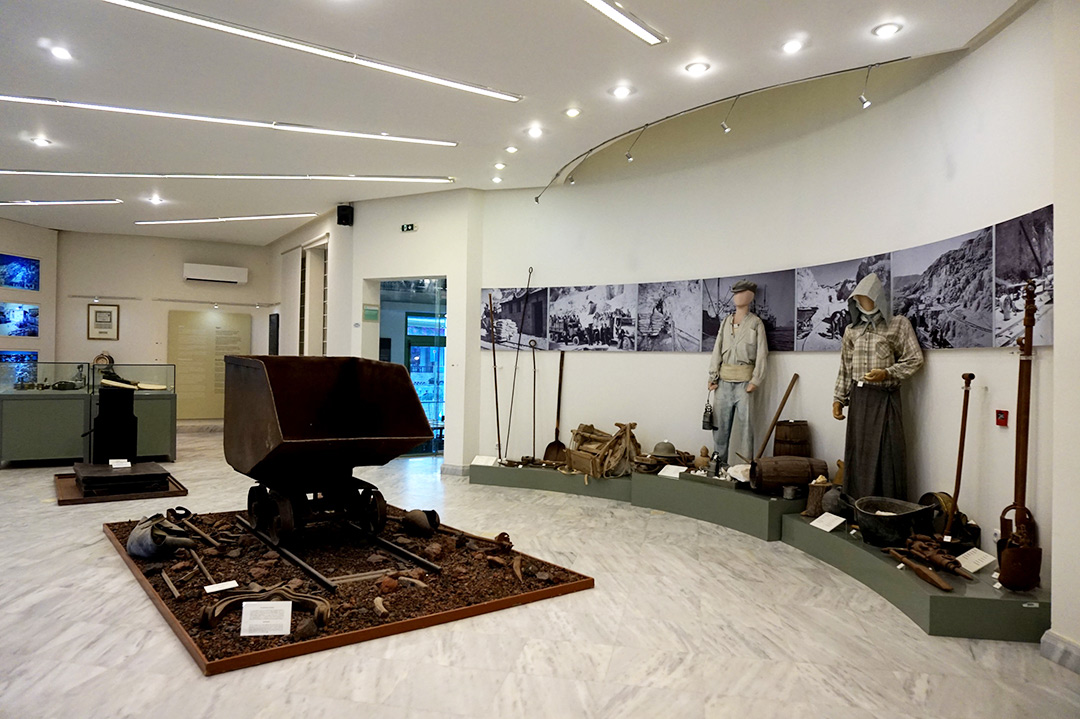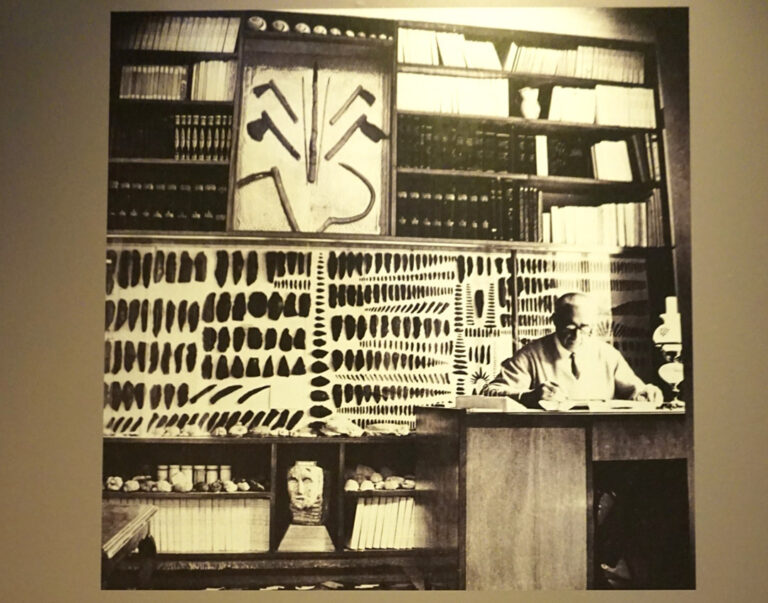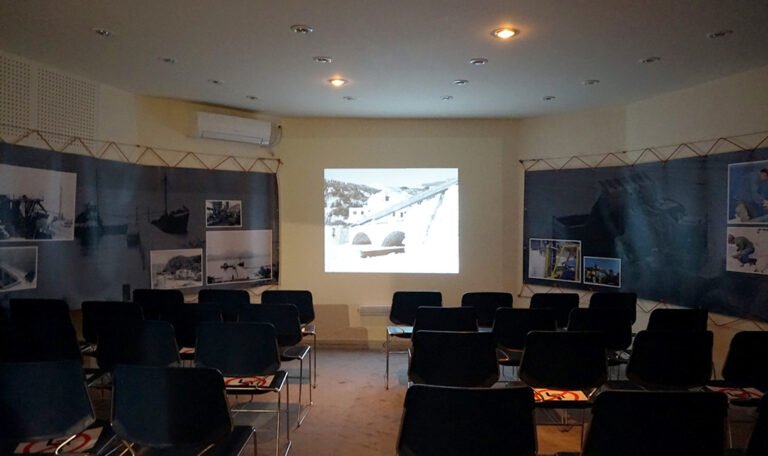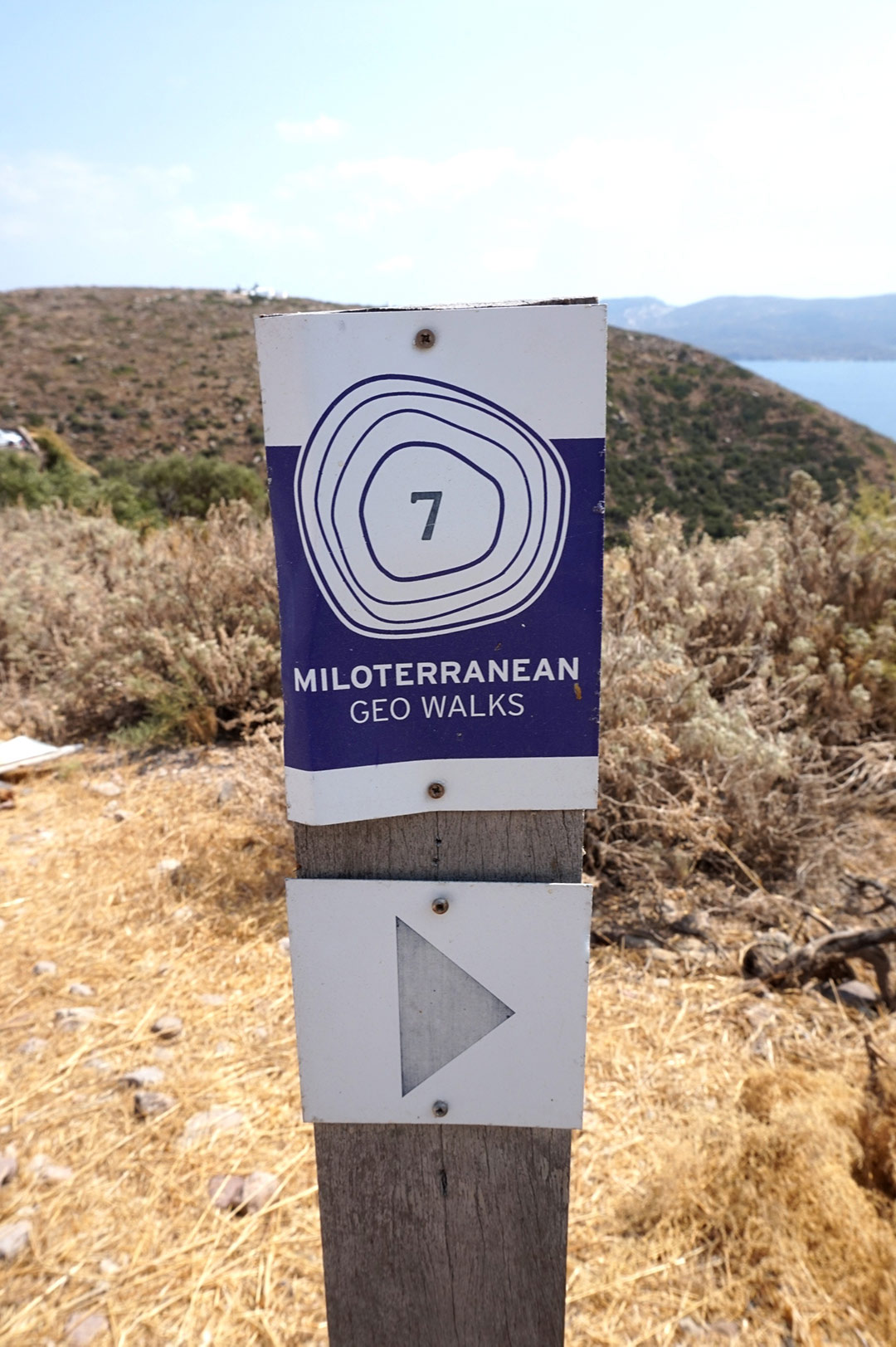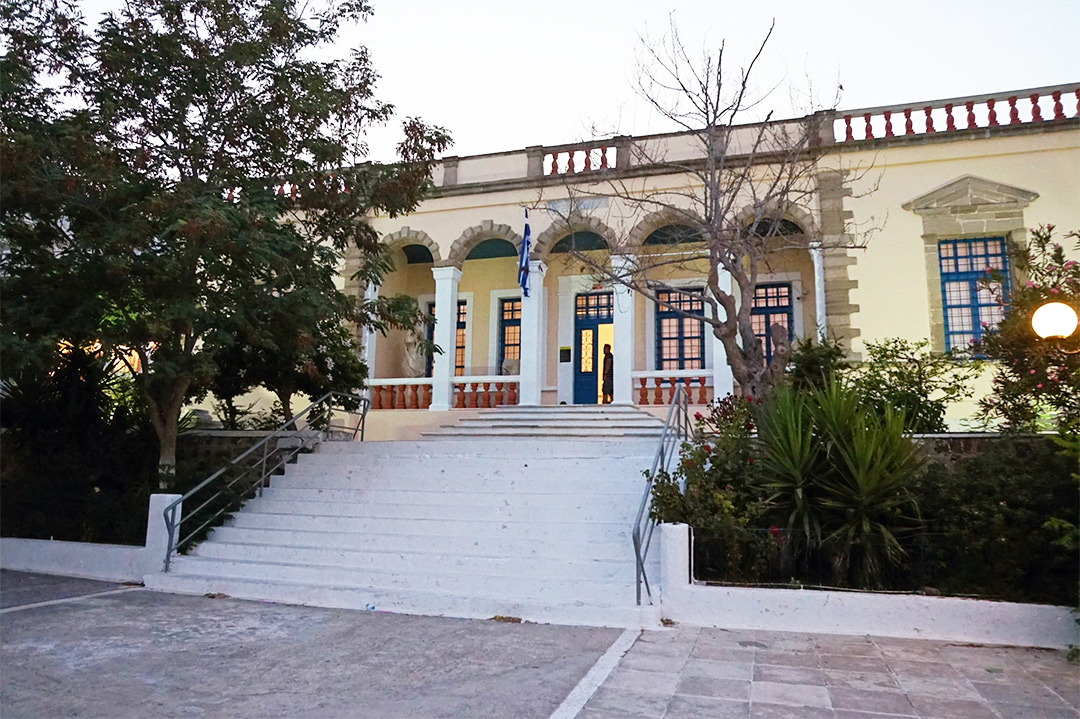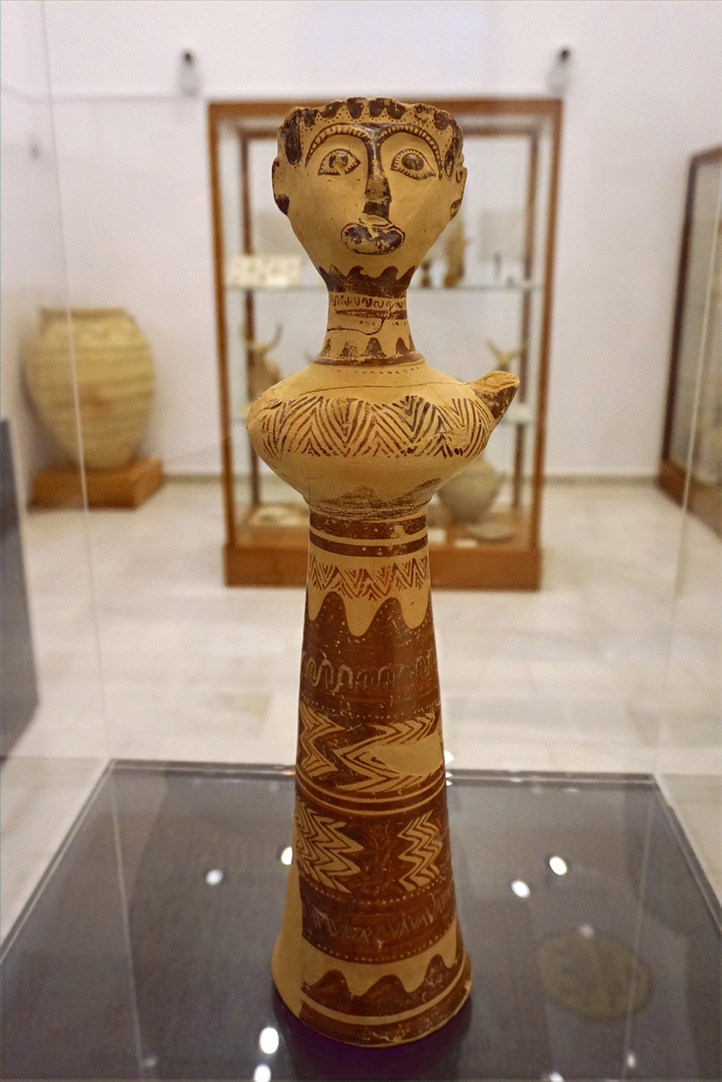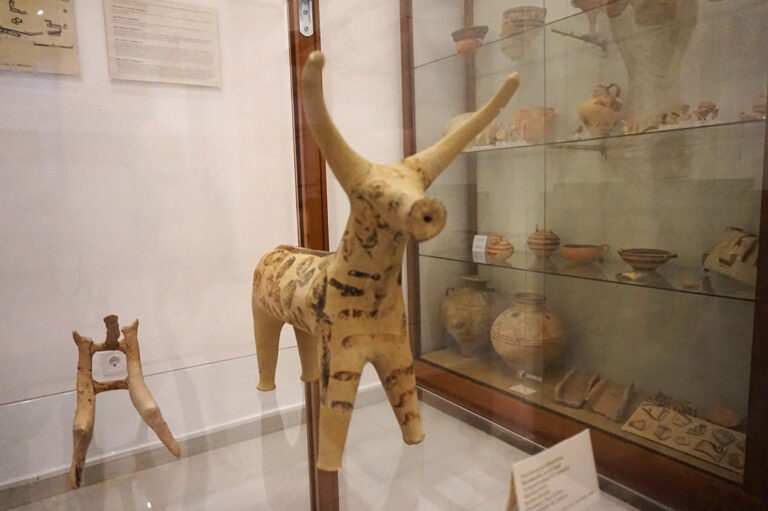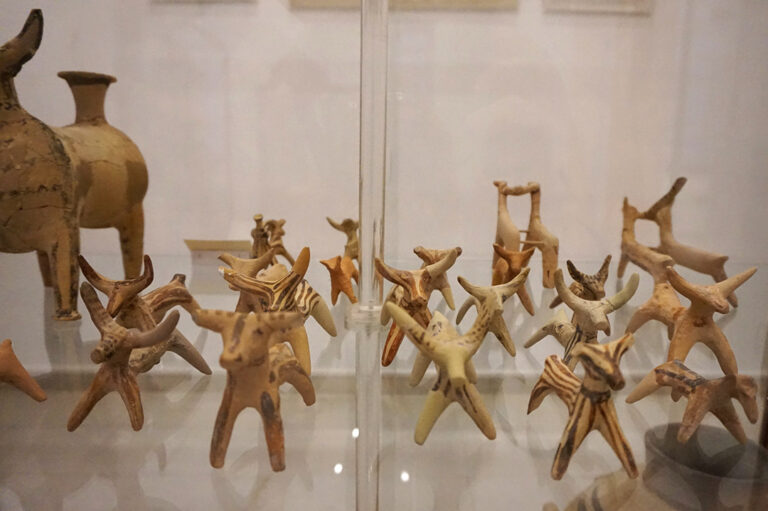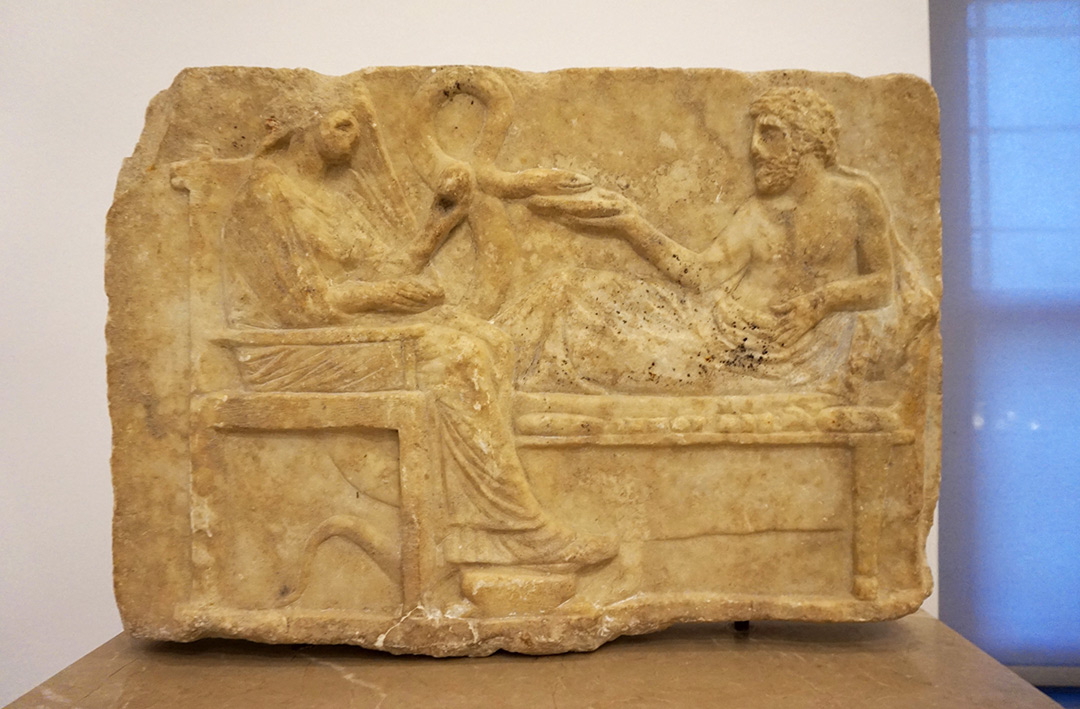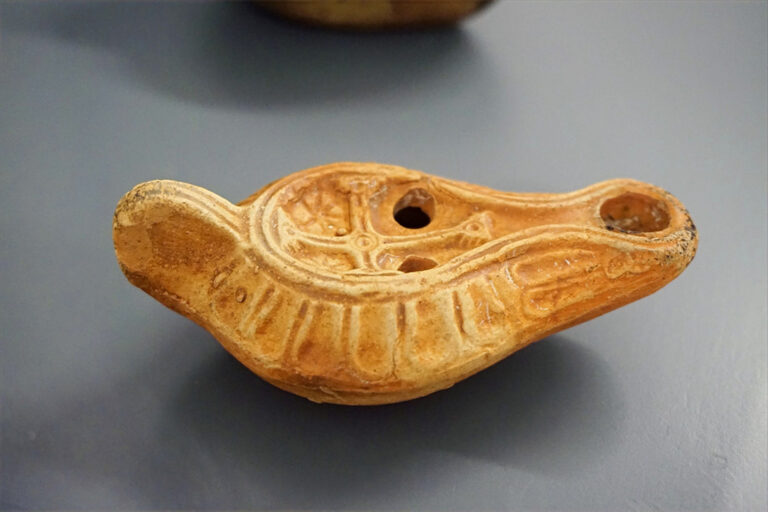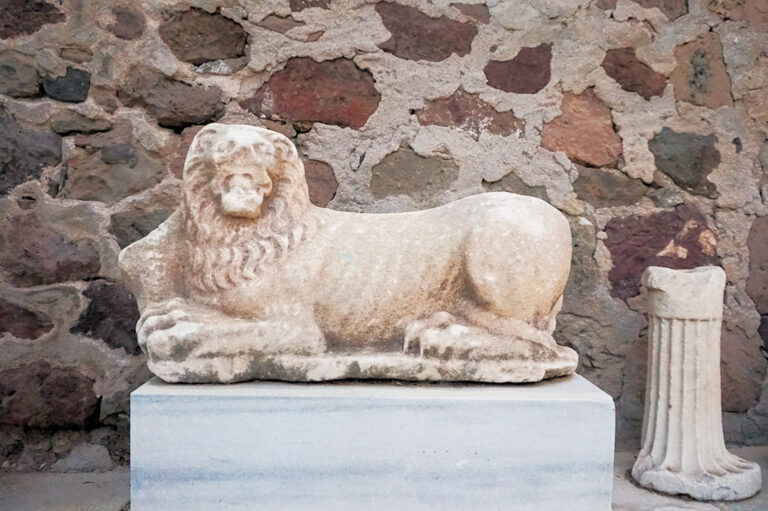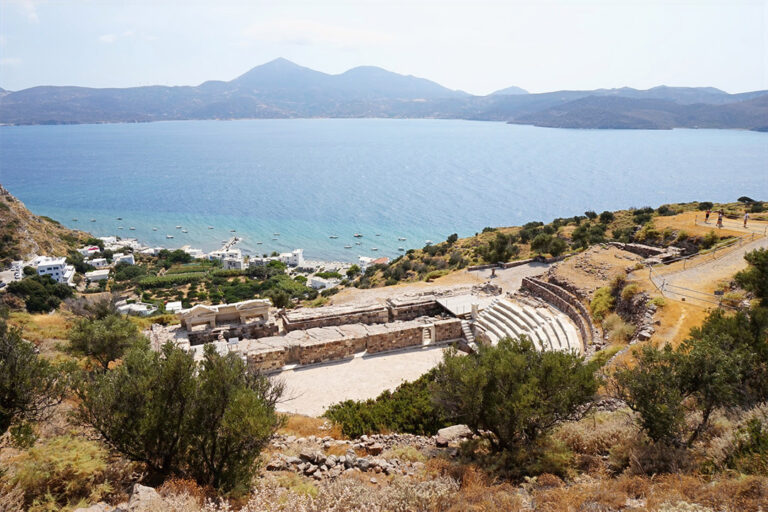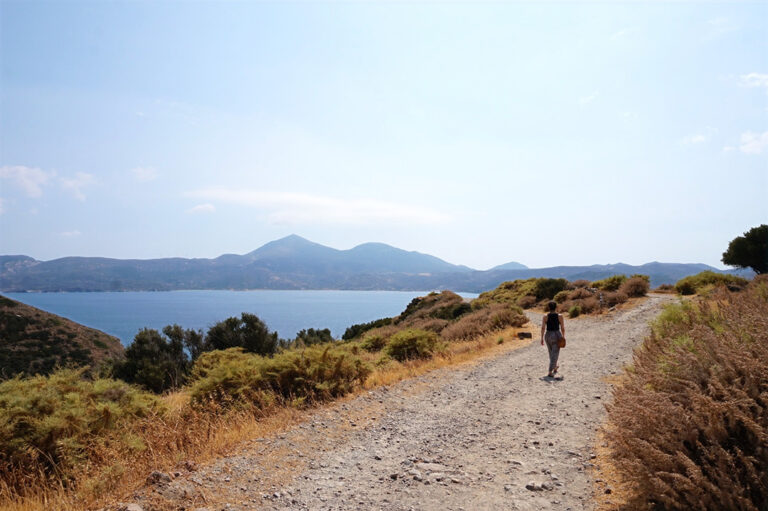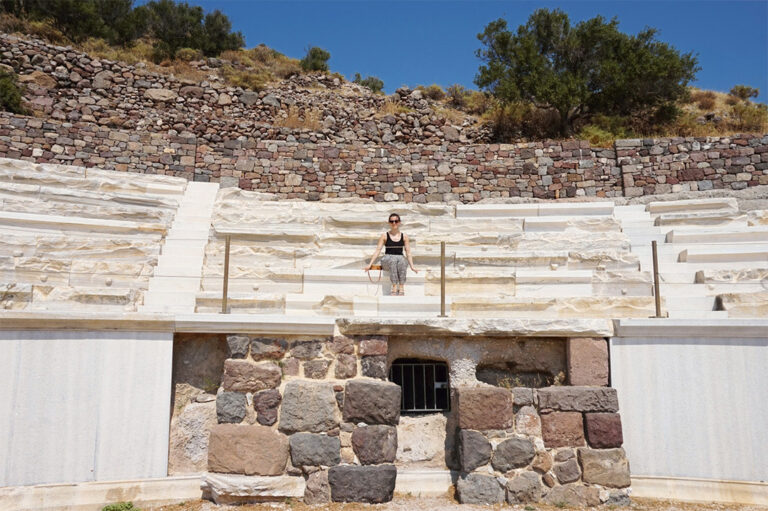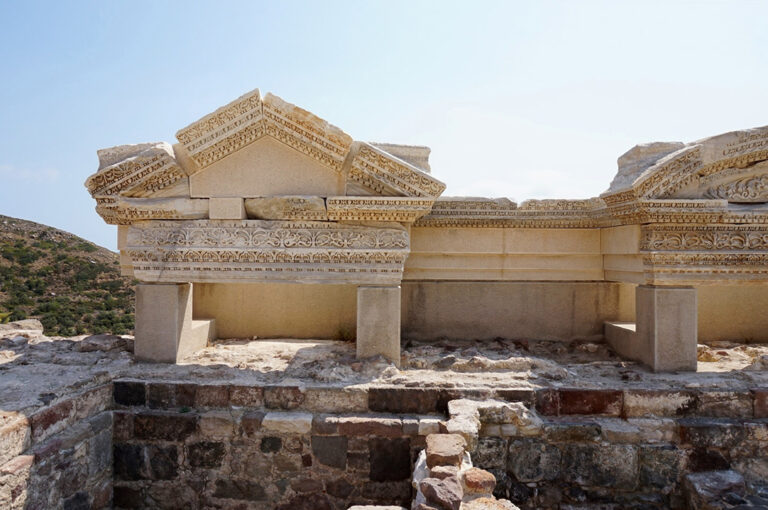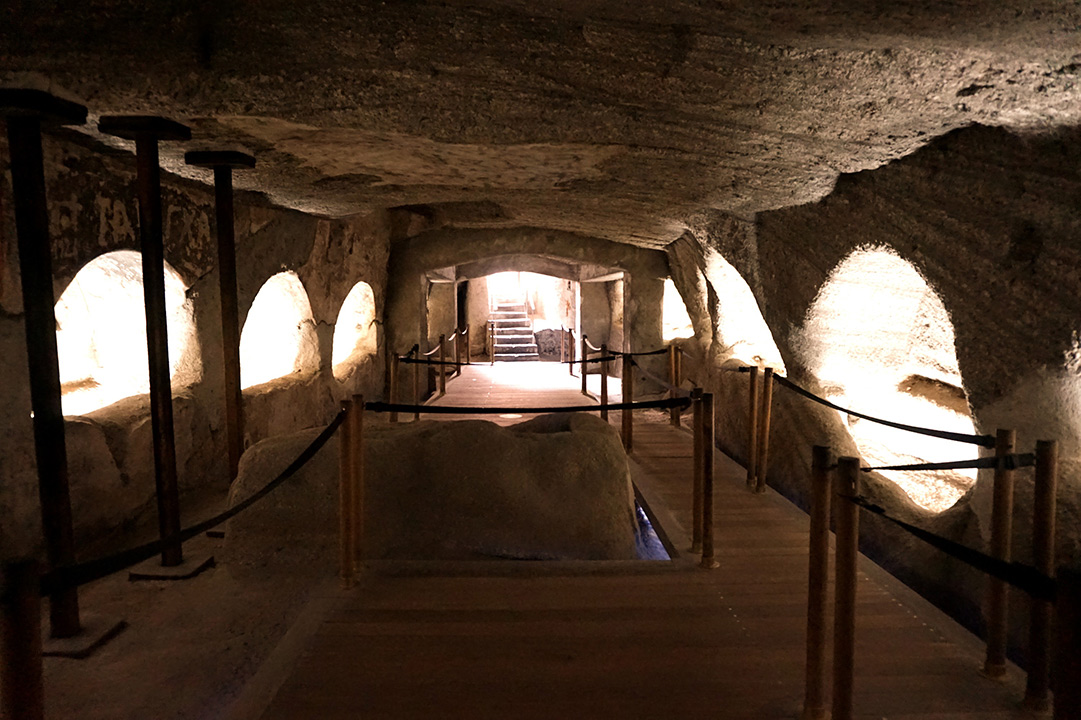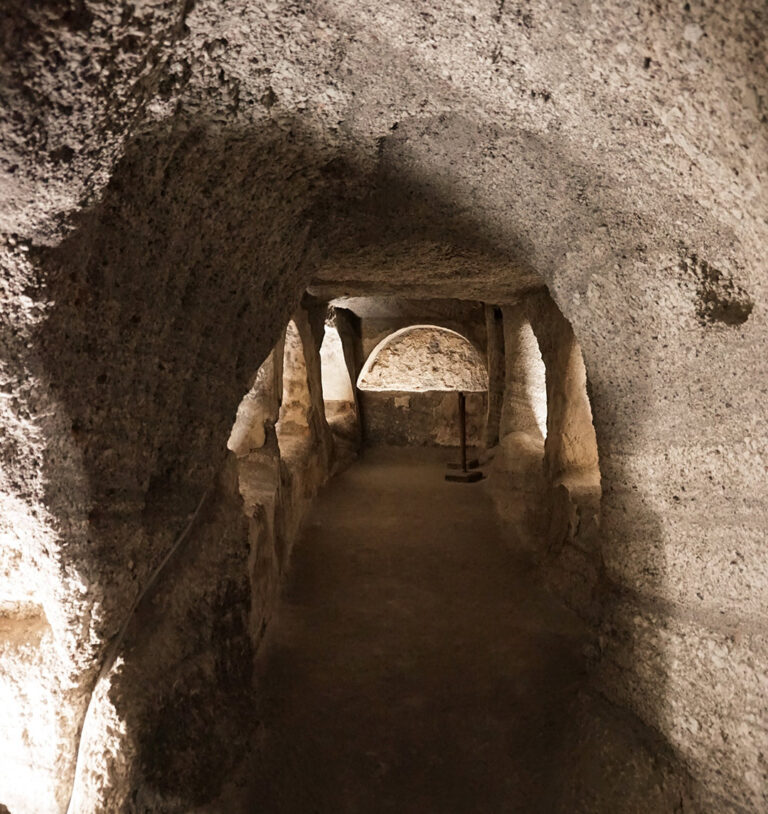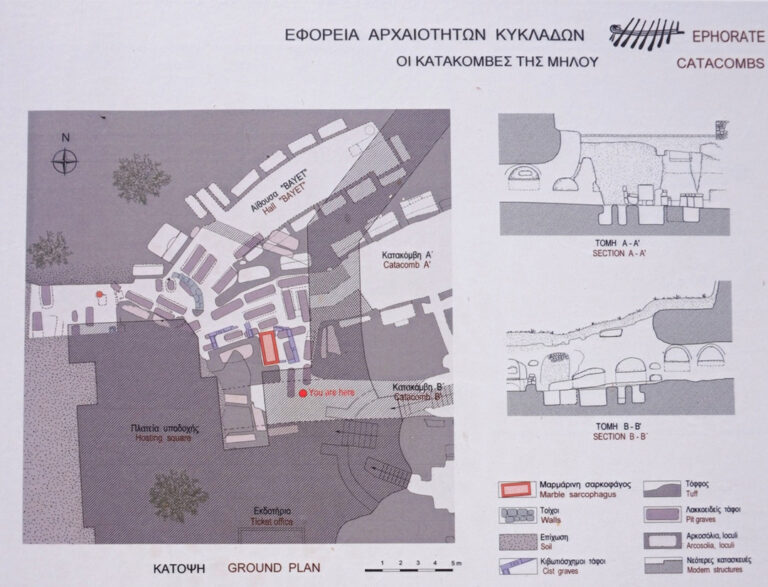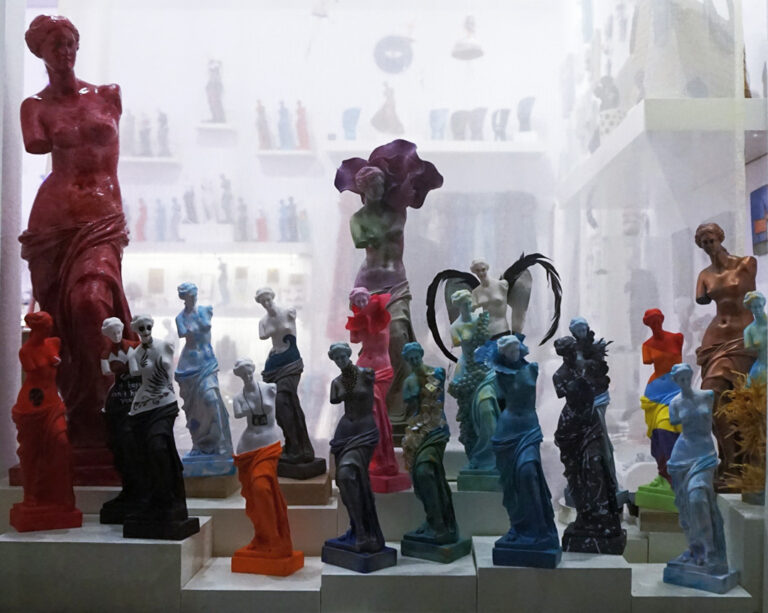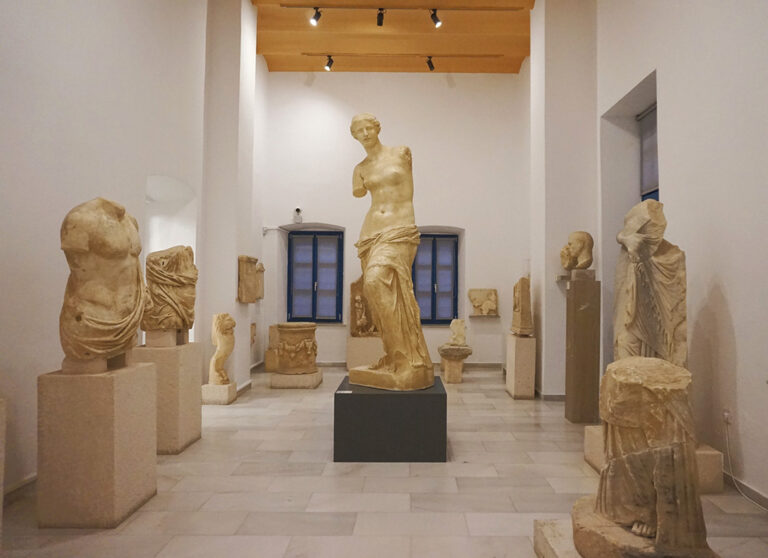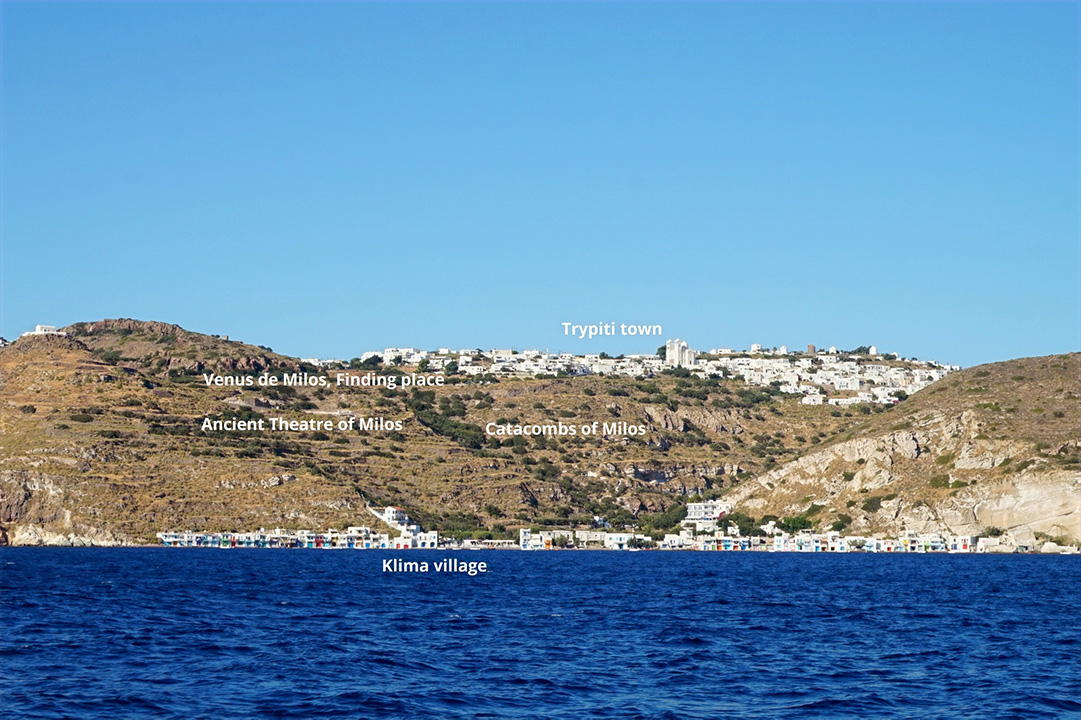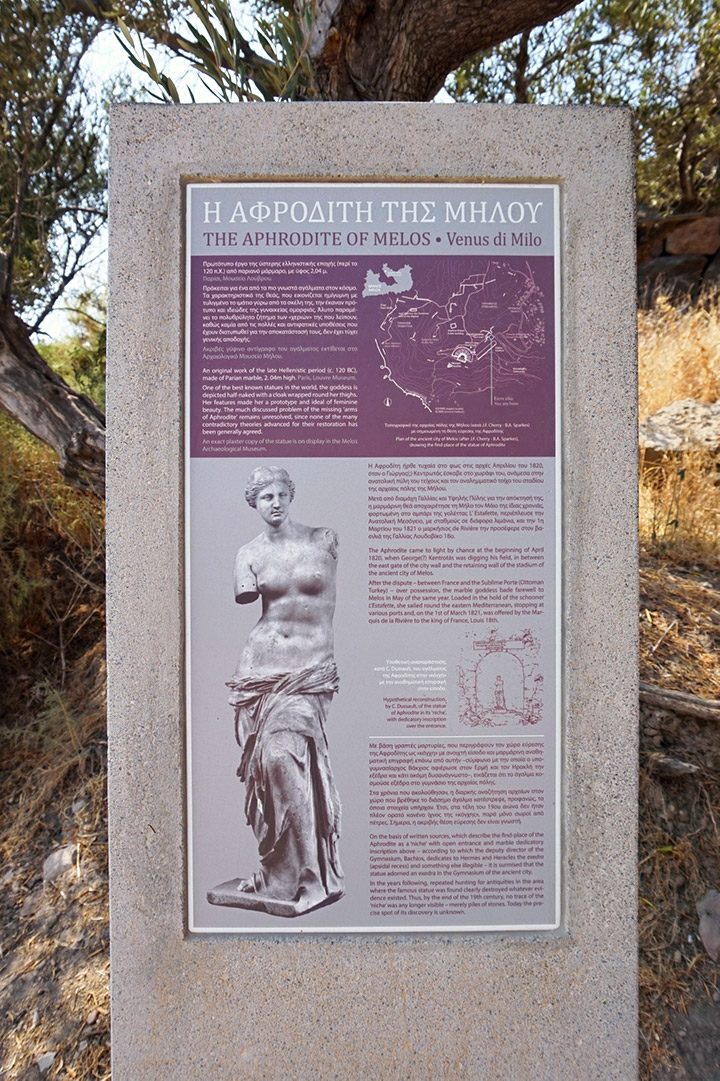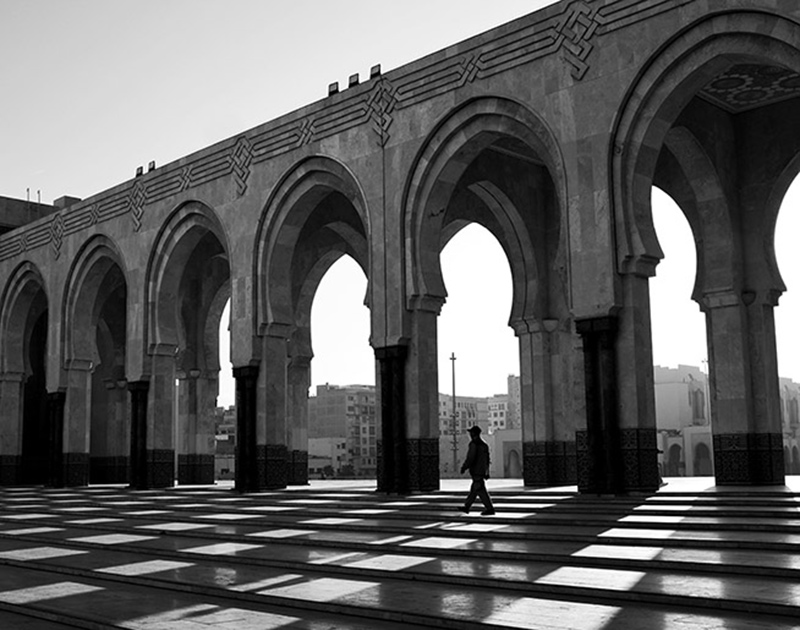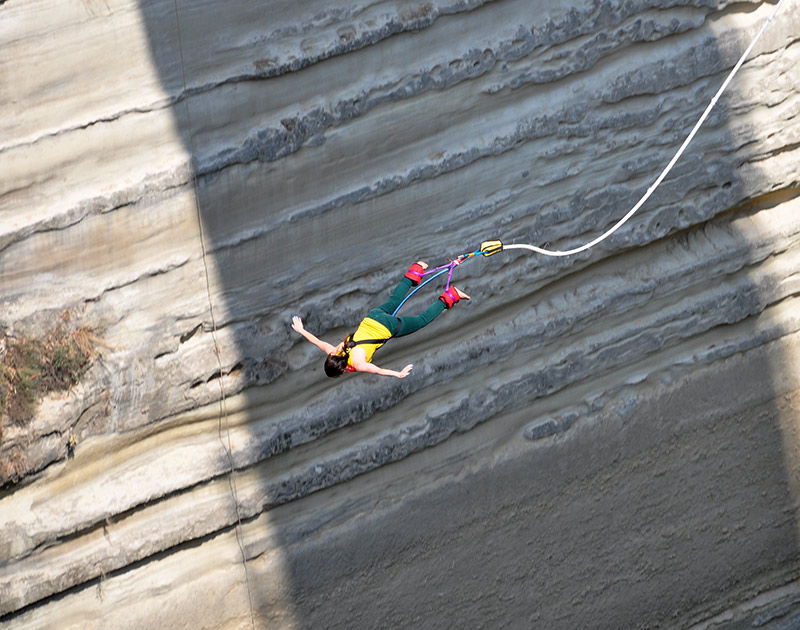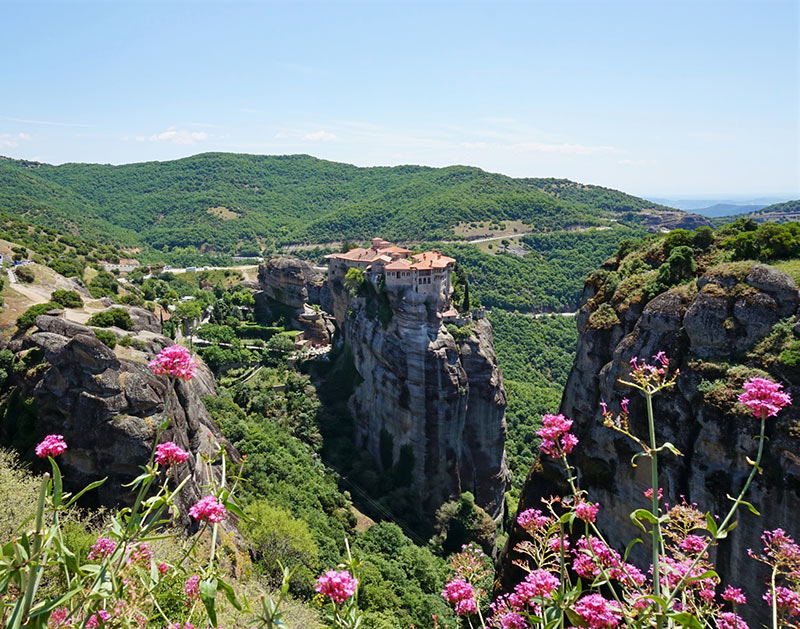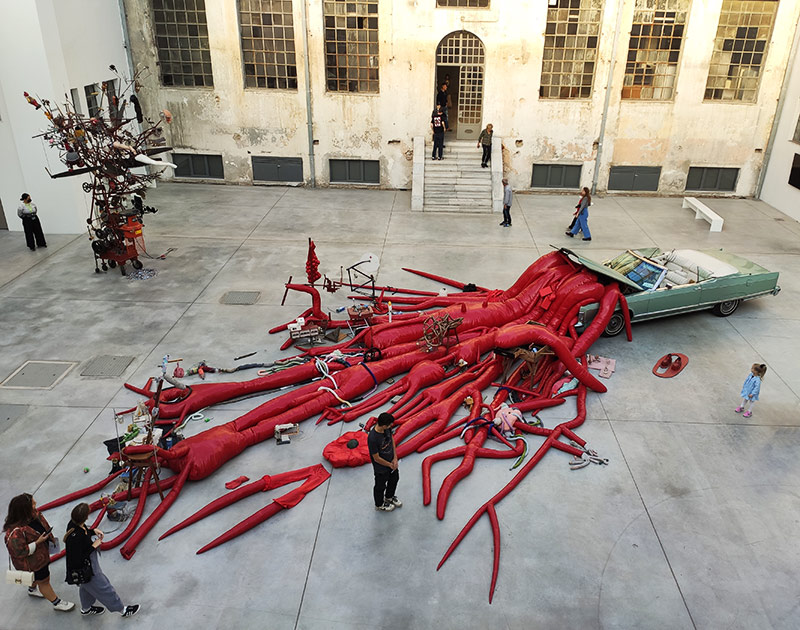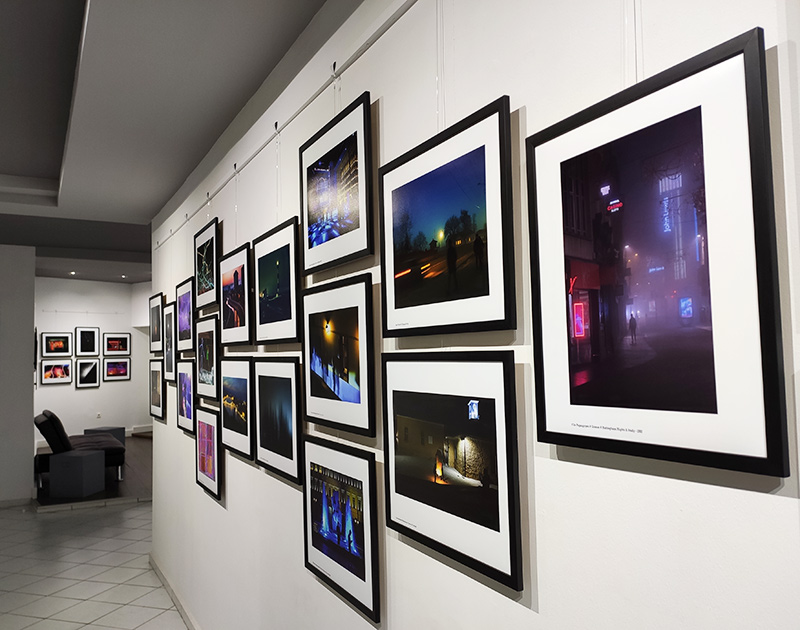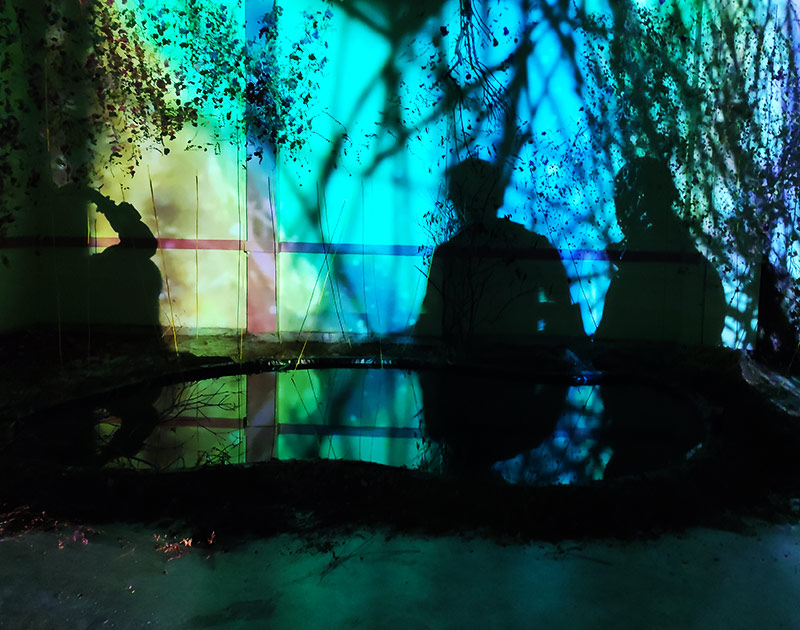Sofia Ps.
Milos: 4+1 sites and museums you must visit!
Milos, like most of the Cyclades Islands, has a very rich and very long history. There are so many things to see on the island, from prehistoric settlements to medieval churches. Even, if you don’t have the time to visit everything, there are 4+1 things you really can’t miss!
1. Milos mining museum
Milos is called a “geologists’ paradise” for a good reason. As a volcanic island, it has fascinating geomorphology and is very rich in minerals. The best way to know more about the extraordinary geological and mining history of the island is to visit the Milos Mining Museum.
You’ll discover the mineral wealth of Milos and learn about the social, economic and technological aspects of the local mining activity. You’ll explore the past and present uses of Kaolin, Sulphur, Manganese, Perlite, and many more. Don’t miss the interesting obsidian collection on the first floor!
The museum is located in Adamas, the port of Milos, and it’s really easily accessible. Make sure you check the official website for more information about opening hours and tickets before your visit. At the museum shop, apart from many interesting gifts, you can purchase “Miloterranean Geo Walks” maps with detailed routes, so you can explore the island’s unique geology and beautiful natural environment.
Another museum worth visiting is the Archaeological Museum of Milos. It’s located at a very central spot in Plaka and it’s really affordable. The museum has few, but very cool artefacts from all around the island. The exhibition includes a significant prehistoric collection, with many objects from the Neolithic settlement of Phylakopi, as well as sculptures, reliefs, and inscriptions from the Classical and Roman periods.
3. Ancient theatre of Milos
I have visited many theatres in my life, bigger, better and older than the theatre of Milos. However, this one has by far one of the most impressive views I’ve ever seen. It’s situated in an amazing location, below the town of Trypiti and above the port of ancient Milos. The site is permanently open and it has no entrance fee.
The original theatre was constructed during the Hellenistic times (3rd cent. BC), when Milos was experiencing a time of peace and prosperity. During the Roman period, a new marble theatre was built (1st-4th cent. AD), which is the one that survives today.
The Christian Catacombs of Milos, dating back to the 1st-5th cent. AD, are the earliest physical evidence of Christian worship in Greece and the third most significant catacombs in the world. It is estimated that about 2000 people were buried in family graves and in the 291 arcosolia, the arched tombs cut into the volcanic stone. Only a small section is open to the public, so make sure you have time when you visit because often there’s a queue.
Bonus Site: Finding place of Venus de Milo
If you walk around in Milos and go window shopping, you’ll notice that everywhere there’s an image of a statue with no arms.
That’s because in 1820, a very famous statue of Aphrodite, known as “Venus de Milo“, was discovered on the island. Aphrodite, the goddess of love in Greek mythology, was called Venus by the Romans; Don’t be confused if you hear the locals using her Greek name. The finding place of the statue is on the way to the Ancient Theatre of Milos.
There are many museums, sites and things to do and see in Milos! Either you visit everything or just one or a couple of things depending on your time and your interests, you’re going to have an amazing time!
Have you visited any of these or any other sites in Milos? Which one was your favourite?

